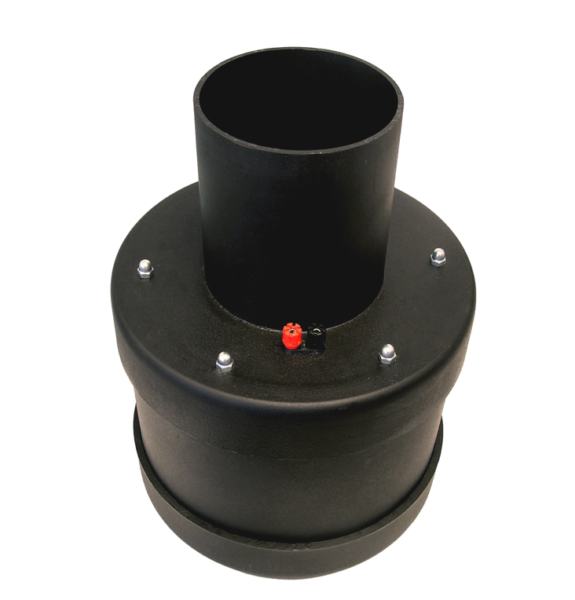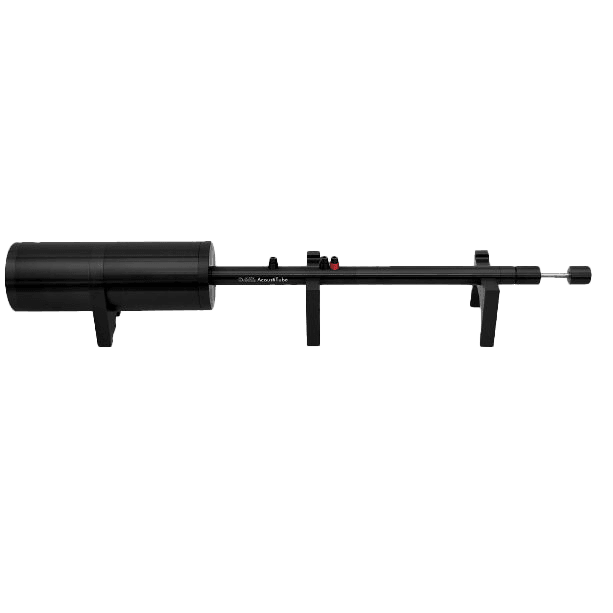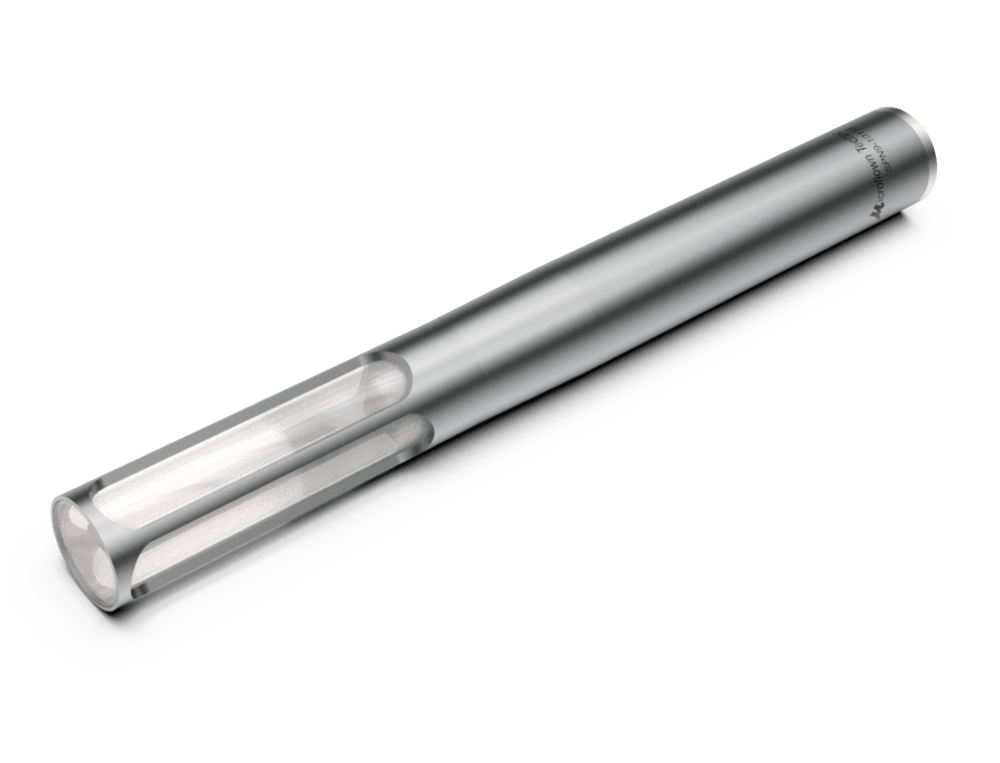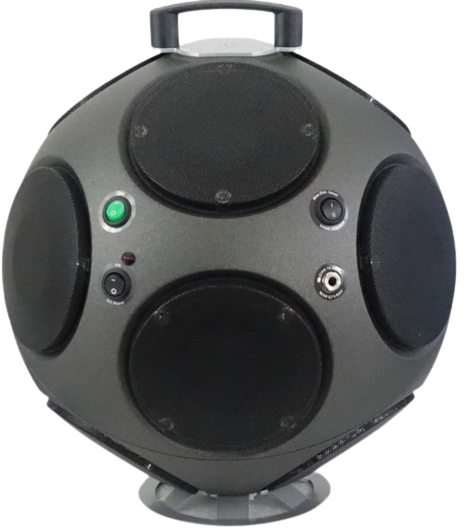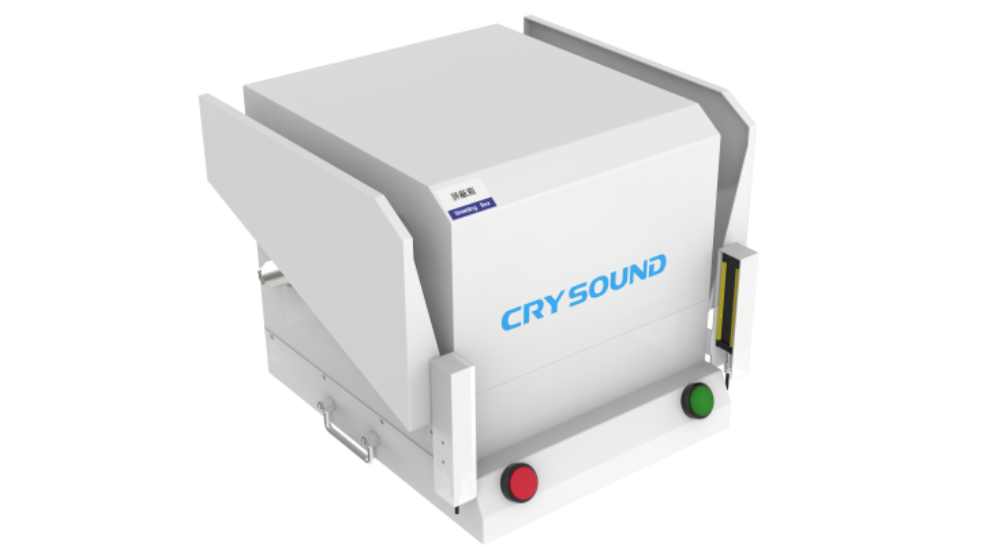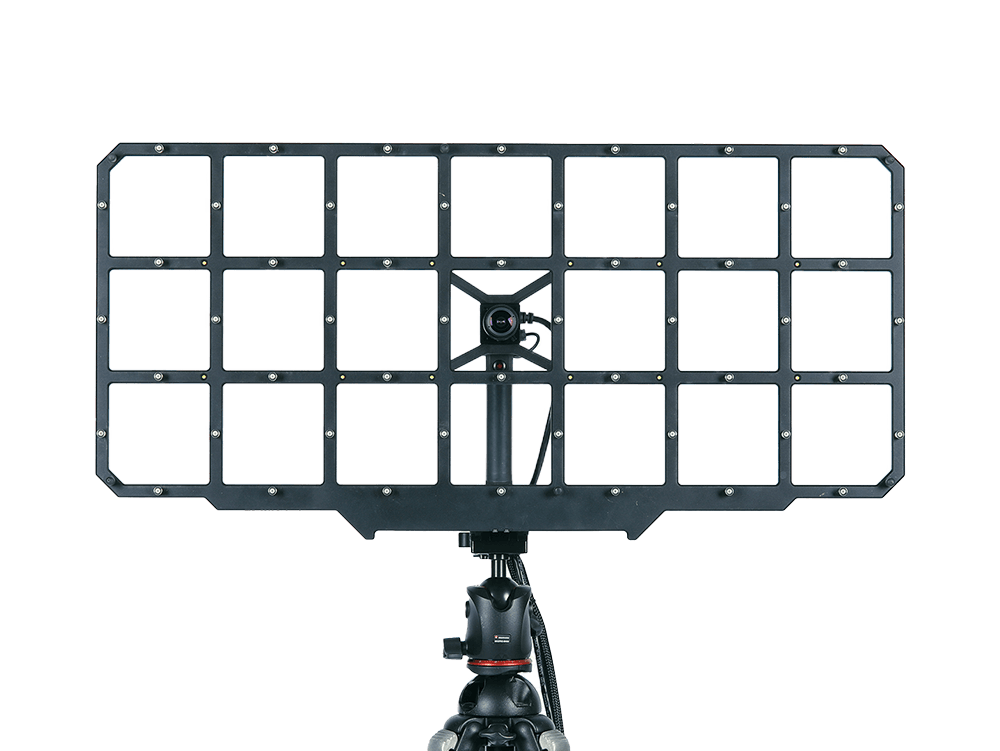We had the pleasure of sitting down with out Technical Director, John Shelton to discuss his background and his thoughts on vibration instrumentation past and present.
With the B&K 2209, octave filter sets allowed you to do octave analysis, however only one octave at a time with no real time analysis. We also used an integrator which screwed onto the top of a meter instead of a microphone and a switch at the top allowed you to switch between accelerometers or measuring velocity or displacement. Instead of doing it all digitally, it was an analogue filter circuit that allowed us to switch between the parameters. The great thing about it; it was easy to understand what was going on, as I think there is still a mystery around measuring vibration. Everyone is happy with measuring sound, but when it comes to vibration people tend to think it’s a bit of a black art. Which is strange as it really isn’t much difference. I believe the reason for that is we can hear sound over wide range and respond to sound very easily. Whereas vibration, we don’t have an idea of how much vibration there is because we are quite limited in terms of measuring vibration with our hands or bodies. There is very limited frequency range. So vibration generally speaking is an objective thing which effects things rather than a subjective thing that we can feel.
The B&K type 2511 was also another example of a typical vibration meter used. An advantage of this system is that it had a charge amplifier built in which allowed you to go down to very low frequencies.
These days we take it for granted we can do FTT analysis in real time where as the 2511 was sweeping through the frequencies manually, which was very slow and tedious. Typically the application was measuring machine vibration. So I would hook it to a rotating machine and measure the vibration, there might have been a spec which said the vibration of this machine should not exceed a certain amount. That is how we did it, just using an accelerometer, vibration meter and a bandpass filter. The 2511 was a battery operated instrument and was large in size which was difficult to carry around.
There was no averaging with the meter and limited filtering so it didn’t to whole body or hand arm vibration. It just measured vibration typically for machine vibration.
That changed when the BK 2522 came along, which was a box that clicked on to the bottom of a SLM. So once again we were using a sound level meter! This was a very popular instrument for both hand arm vibration and ground vibration measurements.
All the equipment from B&K at the time was all either for laboratory use or very delicate. This was the standard kit that was being used for sound and vibration measurements. The problems we faced back then with vibration equipment was generally not very portable, it was too delicate and it was all analogue.
When I started AcSoft, there were systems coming along that used PCs. You had a hardware front end, I was working people like 01DB and they were using front ends connect to a computer. Which is where AcSoft started in business. The strange thing is over the years PC based instrumentation has become common place, but there is still a very strong market for dedicated instruments so the two really go in hand. The PC based instruments if you want to do multichannel vibration such as Samurai and for the hand held solutions we have Svantek and other manufacturers. Which shows a parallel development with both.
Vibration can be measured with both, typically the software based instruments will be multi-channel. For example this would be used in the automotive industry, as typically that requires multiple channels of vibration. Whereas measuring human vibration, you would use a vibration instrument.
Over time there has also been lots of developments in standards as we now have variations of ISO 8041. Construction vibration has become a thing, BS7385 and 4866. So the whole market has developed along with the availability of instrumentation. Everything is digital these days.
What did you like about using that older equipment?
It is nice to see moving coil meters as you can see the vibration changing in a more smooth analogue way. It can be confusing on a modern vibration meter just jumping around where as it is always nice to have a moving coil.
With old vibration you understand more about the process, whereas with a new vibration meter you switch it on and get it an answer, you don’t really understand how you got there. Where as with the old meters you have to do various thing such as make sure that you weren’t overloading, put in the time weights etc to get the result. So you tended to understand what you were doing.
This blog forms a series in which we sat down with our Technical Director, John Shelton to discuss how he got into instrumentation and his thoughts on vibration monitoring, past, present and future.
